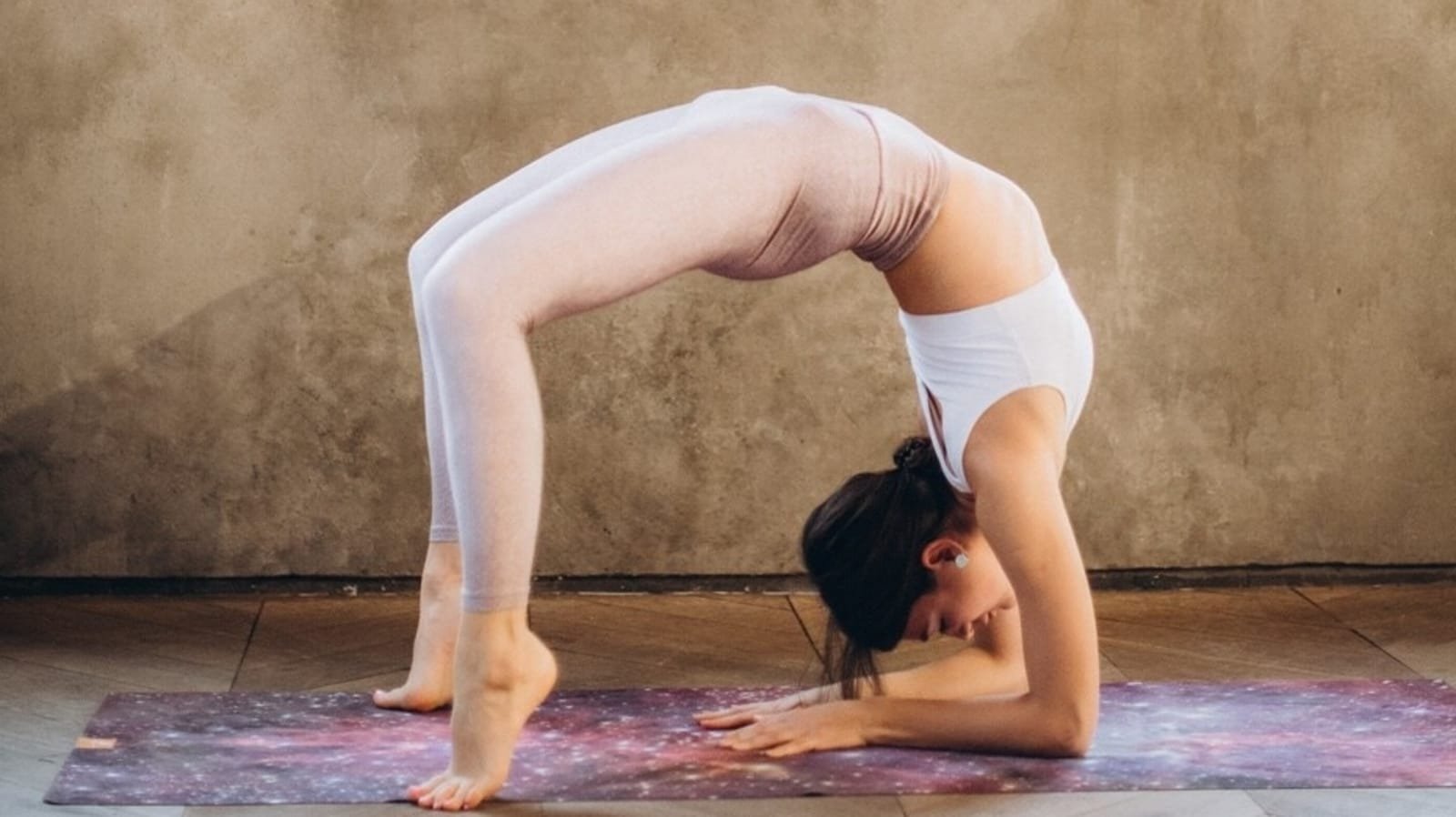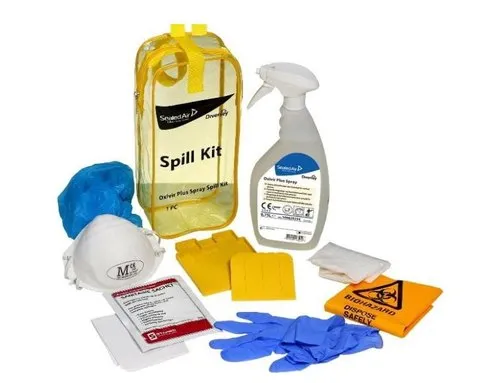Introduction
Baby walkers can be an exciting tool for infants as they begin to explore their surroundings and develop their motor skills. However, it’s crucial to prioritize safety when using a baby walker to prevent accidents and injuries. In this article, we will discuss important safety considerations to keep in mind when using a baby walker, ensuring a secure and enjoyable experience for your little one.
1. Choose a Sturdy and Reliable Baby Walker:
When selecting a baby walker, opt for a sturdy and reliable model. Look for one made of durable materials with a stable frame and secure joints. A robust baby walker provides better stability and reduces the risk of tipping over, ensuring the safety of your child during use.
2. Read and Follow the Manufacturer’s Instructions:
Always read and thoroughly understand the manufacturer’s instructions before using a baby walker. Each model may have specific guidelines and safety recommendations. Pay attention to weight limits, age restrictions, and any assembly or usage instructions provided. Following these instructions will help you ensure the safe operation of the baby walker.
3. Check for Safety Certifications:
Choose a baby walker that complies with safety standards and certifications. Look for certifications such as ASTM F977 or EN 1273, which indicate that the walker has undergone rigorous testing for safety. These certifications provide assurance that the product meets industry standards and prioritizes your child’s well-being.
4. Use the Baby Walker on a Safe Surface:
It’s crucial to use the baby walker on a safe and appropriate surface. Avoid using the walker near stairs, swimming pools, or any other hazardous areas. Opt for a flat and even surface without any obstructions or sharp edges. This minimizes the risk of accidents and ensures a stable environment for your child to explore.
5. Supervise Your Child at All Times:
Never leave your child unattended while they are in the baby walker. Even with the necessary safety precautions, accidents can still occur. Keep a close eye on your child, especially in the initial stages of using the walker. This way, you can quickly respond to any potential dangers or falls, ensuring their safety.
6. Secure the Safety Features:
Make sure to properly secure all the safety features of the baby walker. This includes fastening the seat belt or harness securely around your child. The safety features are designed to keep your baby in place and prevent them from falling out of the walker. Double-check the adjustments and fastenings each time your child uses the walker.
7. Adjust the Baby Walker to the Right Height:
Ensure that the baby walker is adjusted to the appropriate height for your child. Most baby walkers come with adjustable height settings to accommodate growing infants. Set the height so that your baby’s feet can touch the ground comfortably, allowing them to push off and move freely. This helps maintain a natural walking posture and reduces the risk of strain or discomfort.
8. Clear the Surrounding Area:
Before placing your baby in the walker, clear the surrounding area of any potential hazards or obstacles. Ensure that there are no sharp objects, cords, or small toys within reach. This reduces the risk of your child colliding with objects or ingesting small items while moving around in the walker.
9. Limit Usage Time:
While baby walkers can be fun and beneficial, it’s important to limit the amount of time your child spends on them. Extended periods in a baby walker can hinder the development of important motor skills, such as crawling or pulling up to stand. Aim for shorter sessions of supervised playtime in the walker to allow for a well-rounded exploration of various developmental milestones.
10. Consider Alternatives: Baby Push Walkers
An alternative to traditional seated baby walkers is a baby push walker. These walkers do not have a seat and require the child to hold onto the walker and push it while taking steps. Baby push walkers can offer a safer and more natural walking experience for your child. They promote balance, coordination, and muscle strength development without the potential risks associated with seated walkers.
When using a baby push walker, ensure that it is sturdy and stable, with a wide base for support. Choose a model that is appropriate for your child’s height and weight. Always supervise your child while using a push walker and provide guidance to help them maintain proper posture and balance.
To read more blogs visit Reficet.
Conclusion:
Safety should always be the top priority when using a baby walker. By following these important safety considerations, you can create a secure environment for your child and prevent accidents. Choose a sturdy and reliable baby walker, read and follow the manufacturer’s instructions, and use the walker on a safe surface. Remember to supervise your child at all times, secure the safety features, and adjust the walker to the right height. Clear the surrounding area, limit usage time, and consider alternatives such as baby push walkers for a safer walking experience.
By prioritizing safety and taking appropriate precautions, you can provide your child with an enjoyable and developmentally beneficial experience with a baby walker. Remember to always be vigilant, cautious, and attentive to ensure your child’s well-being during their explorations in the walker.




